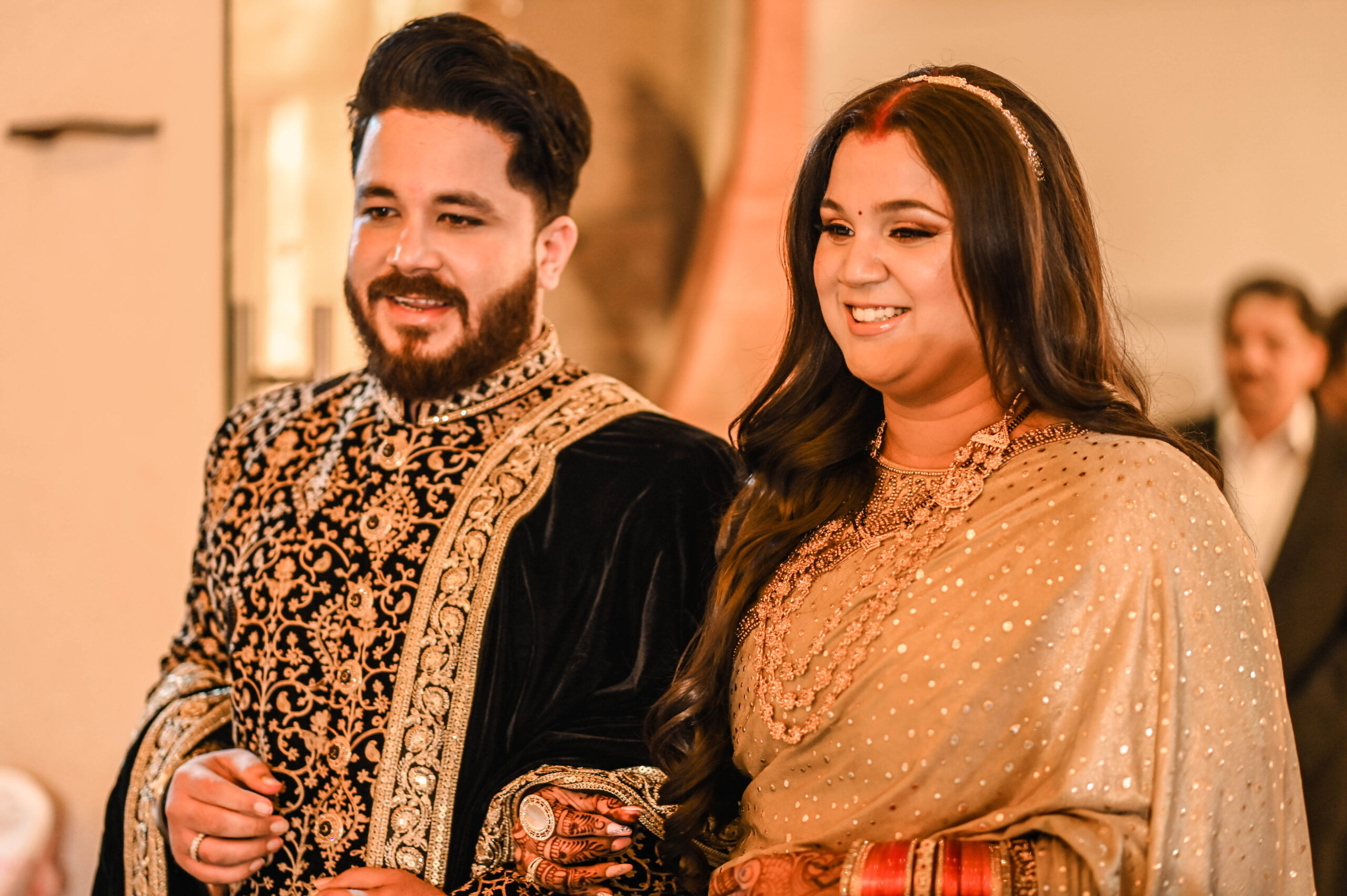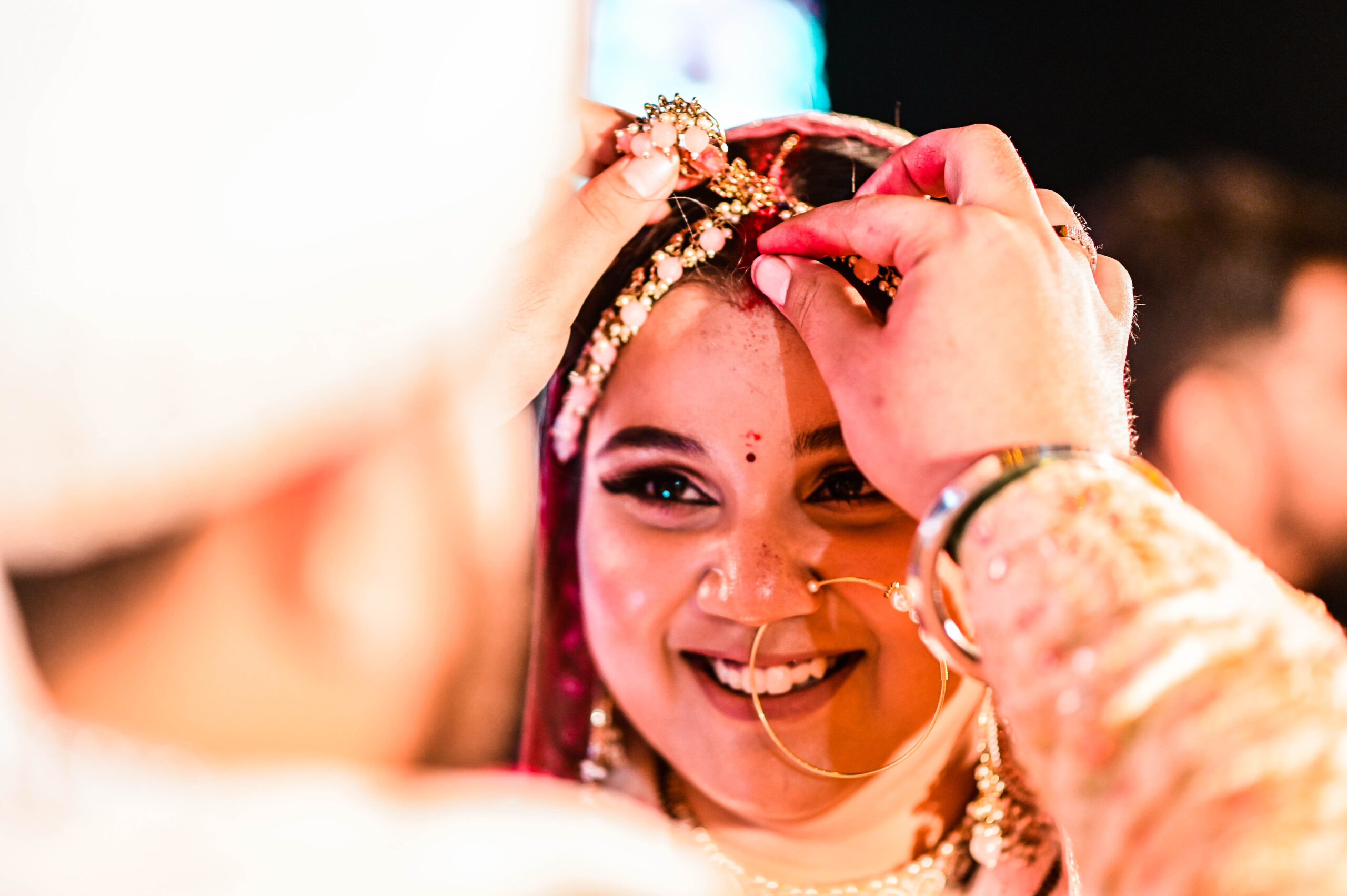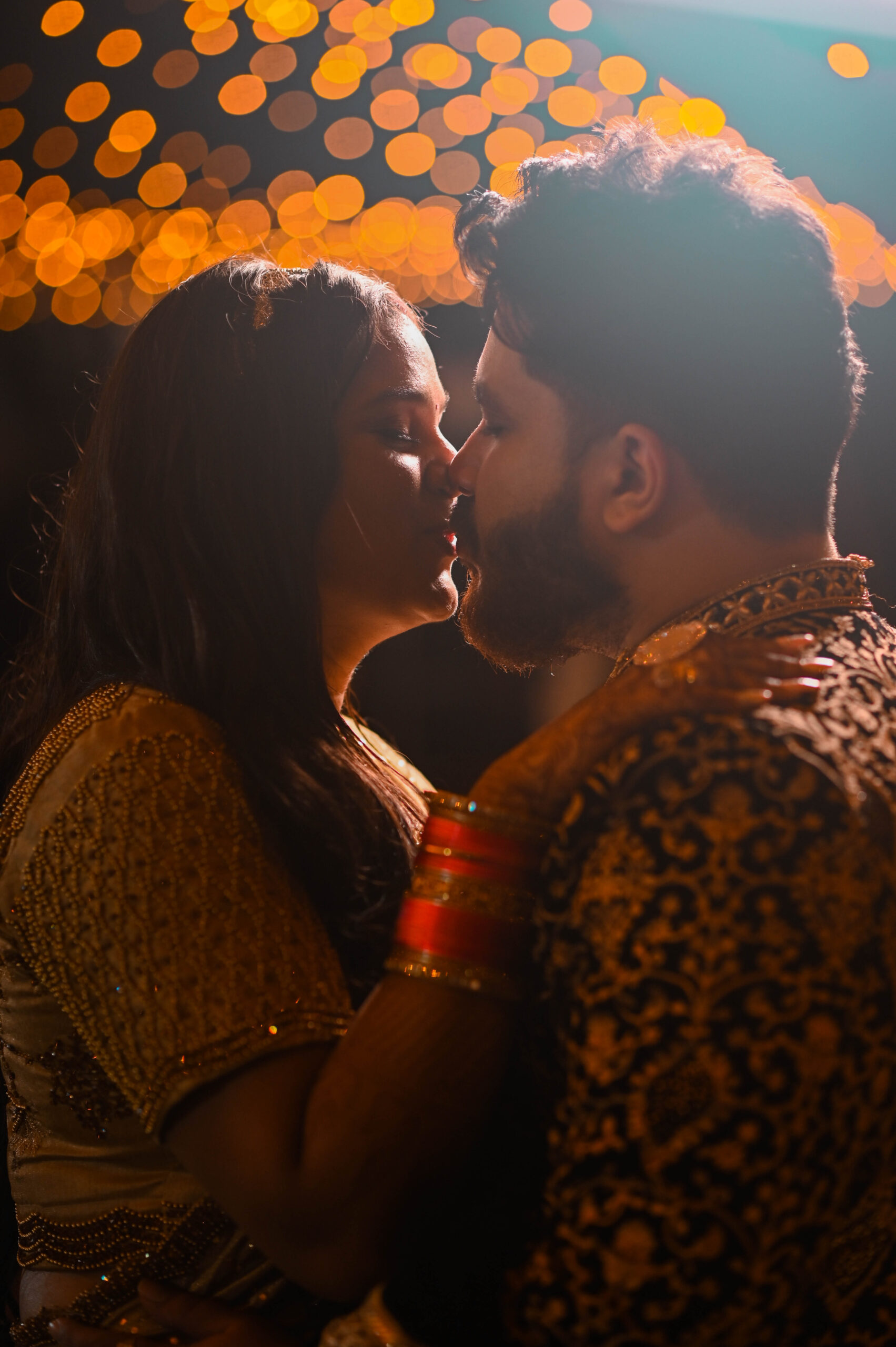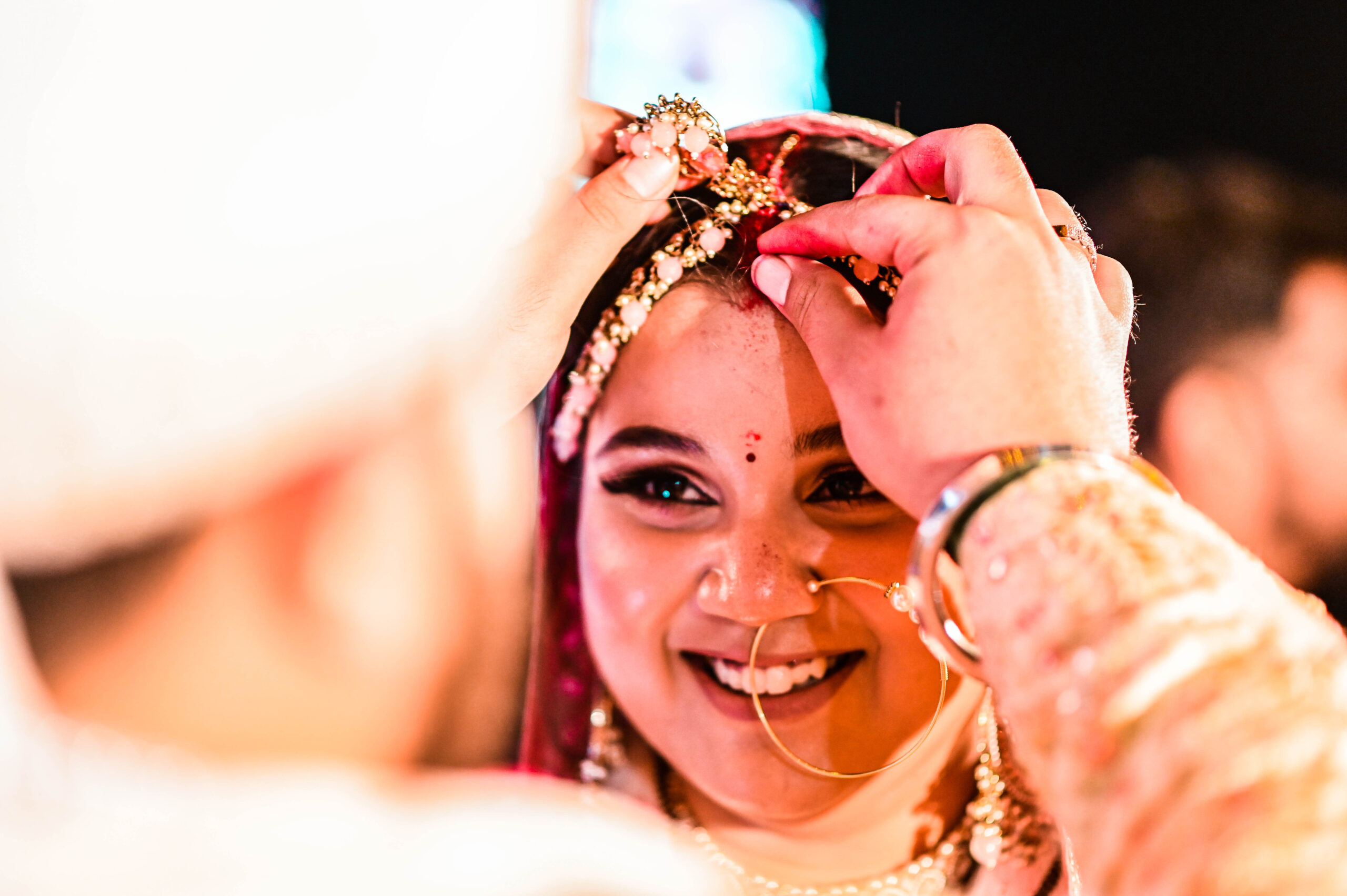Introduction
Starting and growing a wedding photography business is an exciting and rewarding venture, but it requires more than just technical skills with a camera. The wedding industry is highly competitive, and building a strong reputation is essential to stand out and attract clients. This guide provides a comprehensive roadmap to establishing your business, gaining credibility, and fostering sustainable growth.
Step 1: Master the Craft wedding photography
1.1 Develop Technical Skills wedding photography
Before marketing your services, ensure your photography skills are refined. Key areas to focus on include:
- Camera Mastery: Understand manual settings like ISO, aperture, and shutter speed.
- Lighting Techniques: Practice using natural light, flash, and reflectors.
- Composition: Learn rules of framing, symmetry, and storytelling through visuals.
- Post-Processing: Master photo editing software such as Adobe Lightroom and Photoshop.
1.2 Build a Portfolio wedding photography
A strong portfolio is your most effective marketing tool. To build one:
- Offer free or discounted shoots for friends or family.
- Collaborate with wedding planners or stylists to create styled shoots.
- Showcase a variety of styles, including candid moments, posed portraits, and detail shots.
Step 2: Define Your Brand
2.1 Establish Your Unique Style wedding photography
Identify what sets you apart. Whether it’s your artistic approach, editing style, or ability to capture emotions, make this a hallmark of your brand.
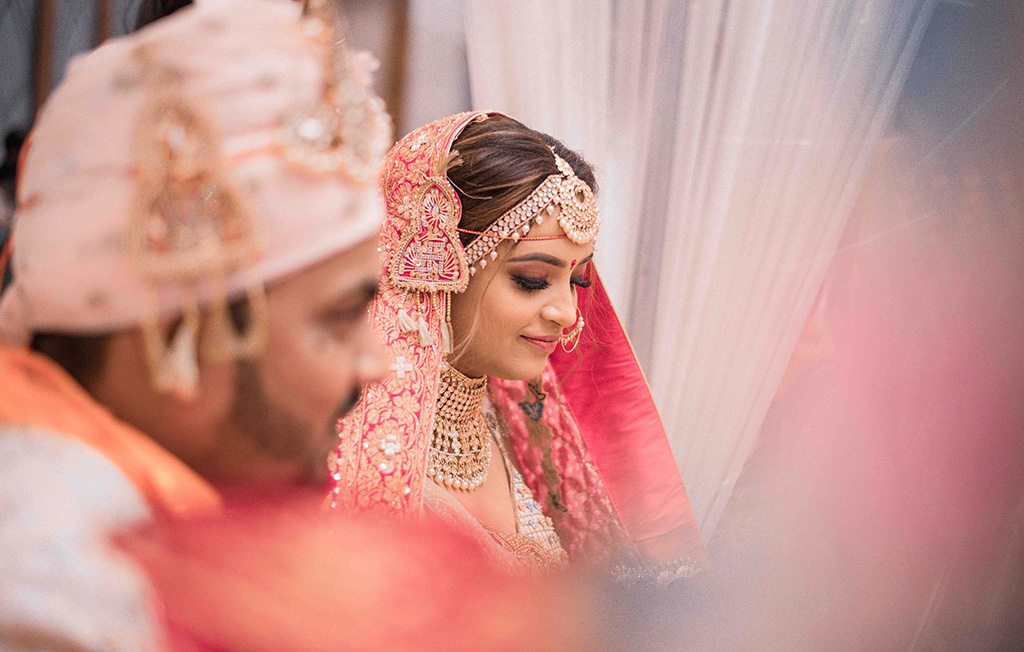
2.2 Create a Professional Identity wedding photography
- Logo and Name: Develop a memorable business name and logo.
- Website: Build a clean, visually appealing website that includes your portfolio, about section, and contact information.
- Social Media Presence: Use platforms like Instagram and Pinterest to share your work and engage with potential clients.
Step 3: Build a Reputation
3.1 Provide Exceptional Client Experiences wedding photography
Word-of-mouth recommendations are invaluable in the wedding industry. To foster them:
- Communicate clearly and promptly with clients.
- Go above and beyond during shoots to make clients feel special.
- Deliver high-quality images on time.
3.2 Network Within the Industry wedding photography
- Collaborate with Vendors: Build relationships with wedding planners, florists, venues, and makeup artists.
- Attend Wedding Shows: Showcase your work at bridal expos to connect with potential clients and industry peers.
- Join Professional Associations: Membership in groups like the Wedding & Portrait Photographers International (WPPI) can enhance credibility.
3.3 Collect and Showcase Reviews wedding photography
Ask satisfied clients to leave testimonials on platforms like Google, Yelp, or your website. Positive reviews can significantly influence potential clients.
Step 4: Market Effectively
4.1 Use Digital Marketing wedding photography
- SEO: Optimize your website to rank for local wedding photography keywords.
- Social Media Ads: Run targeted ads on Instagram and Facebook.
- Blogging: Write articles about wedding photography tips or showcase recent shoots to attract organic traffic.
4.2 Partner with wedding photography Platforms
List your services on popular wedding directories such as The Knot or WeddingWire.
4.3 Offer Referral Discounts wedding photography
Encourage past clients to refer new business by offering discounts or perks.
Step 5: Financial Planning and Growth
5.1 Price Your Services Strategically
Start with competitive pricing to build your client base, then gradually increase rates as your reputation grows.
5.2 Diversify Revenue Streams
- Offer prints, albums, and other products.
- Provide engagement or anniversary shoots.
- Conduct photography workshops for aspiring photographers.
5.3 Invest in Your Business
Reinvest a portion of your profits into better equipment, marketing, and education to continuously improve.
Step 6: Expand and Evolve
6.1 Hire and Train Assistants
As demand grows, consider hiring second shooters or assistants to manage larger events.
6.2 Stay Current
Trends in wedding photography evolve. Attend workshops, follow industry blogs, and experiment with new techniques to stay relevant.
6.3 Scale Your Business
Expand your reach by offering destination wedding photography or launching a team of photographers under your brand.
wedding photography: Capturing Timeless Moments
wedding photography is an art form that goes beyond simply clicking pictures. It is about capturing emotions, preserving memories, and telling a story that will be cherished for generations. wedding photography are one of the most significant milestones in a person’s life, and photography plays a crucial role in ensuring that every detail, moment, and expression is beautifully documented. This article explores the positive and negative aspects of wedding photography, its styles, preparation, challenges, and emotional impact.
The Positive Aspects of Wedding photography
- Preservation of Memories: wedding photography ensures that every significant moment of the day is captured, allowing couples to relive their special day for years to come.
- Emotional Connection: A well-shot photograph can evoke emotions and transport viewers back to the specific moment it was taken, fostering a deep emotional connection.
- Creativity and Artistry: Wedding photography blends technical skills with creative artistry, offering couples a collection of unique and visually stunning images.
- Tailored to Preferences: With a variety of styles to choose from, couples can customize their wedding photography to match their personalities and vision.
- Family Heirlooms: Wedding photos often become cherished keepsakes, passed down through generations as a testament to love and family history.
The Negative Aspects of wedding photography
- High Costs: Professional wedding photography can be expensive, especially when hiring experienced photographers or opting for elaborate packages.
- Pressure and Expectations: Both the couple and the wedding photography may feel immense pressure to ensure that every moment is perfectly captured, which can sometimes dampen the enjoyment of the day.
- Time Constraints: Setting aside time for posed shots or group photos can interrupt the flow of the event and take guests away from enjoying the celebration.
- Unpredictable Outcomes: Despite planning, unforeseen issues such as bad weather, technical problems, or uncooperative subjects can impact the quality of the photographs.
- Post-Processing Delays: Editing and retouching photos is a time-consuming process, which can lead to delays in delivering the final product to the couple.

Styles of wedding photography
wedding photography has evolved significantly over the years, and couples today have a variety of styles to choose from. Each style brings a unique perspective and aesthetic to the final collection of images.
- Traditional Photography: This style focuses on posed shots, capturing moments with precision and formality. Group photos of the bridal party, family, and couple are typical in this approach. It is timeless and appeals to those who appreciate classic portraits.
- Photojournalistic Style: Often referred to as documentary or candid photography, this style emphasizes storytelling. Photographers capture events as they unfold naturally, without interfering or staging. The result is an authentic representation of the day, full of raw emotions and spontaneity.
- Fine Art Photography: This style blends artistic vision with wedding photography. It often involves creative compositions, dramatic lighting, and a focus on aesthetics. Fine art photographers aim to produce images that are as much about art as they are about documenting the event.
- Contemporary Photography: Modern and fashion-forward, contemporary photography often draws inspiration from editorial shoots. It incorporates dynamic angles, vibrant colors, and dramatic poses, appealing to couples who want their photos to look chic and stylish.
- Vintage Photography: Nostalgia-driven, this style uses filters, props, and editing techniques to create a retro feel. It’s ideal for couples who want to infuse their wedding memories with a sense of timeless charm.
Preparation for wedding photography
The success of wedding photography lies in meticulous preparation. A professional wedding photography ensures that every aspect of the event is anticipated and planned for. Below are the key steps involved:
- Consultation and Planning: Understanding the couple’s preferences, expectations, and vision is crucial. This initial stage involves discussions about the style of wedding photography the schedule of the day, and any specific shots the couple desires.
- Scouting the Venue: Visiting the wedding venue beforehand helps the photographer identify the best spots for shooting, evaluate lighting conditions, and plan for any logistical challenges.
- Creating a Shot List: A detailed shot list ensures that no important moment or person is missed. This may include the first look, ceremony highlights, reception decor, and special moments like the couple’s first dance.
- Backup Equipment: A seasoned photographer always comes prepared with backup cameras, lenses, batteries, and memory cards to avoid any technical mishaps.
- Pre-Wedding Shoot: Many couples opt for an engagement or pre-wedding shoot to get comfortable in front of the camera and build rapport with their wedding photography. This also serves as an opportunity to test styles and settings.
Challenges in wedding photography
wedding photography is a demanding profession that requires technical skill, creativity, and the ability to adapt to unforeseen circumstances. Some of the challenges wedding photography face include:
- Time Constraints: Weddings often run on tight schedules, leaving little room for extended photo sessions. Photographers must work quickly and efficiently to capture key moments.
- Lighting Conditions: From dimly lit churches to outdoor ceremonies under harsh sunlight, managing varying lighting conditions is a constant challenge.
- Emotional Pressure: The responsibility of documenting a once-in-a-lifetime event can be daunting. Photographers must remain calm and focused, even in high-stress situations.
- Interpersonal Dynamics: Navigating the dynamics between family members, guests, and vendors requires tact and diplomacy. A photographer must be personable and professional at all times.
- Post-Processing: The work doesn’t end when the wedding does. Editing and retouching hundreds, sometimes thousands, of photos is a time-intensive process that demands precision and attention to detail.
The Emotional Impact of wedding photography
The true value of wedding photography lies in its ability to evoke emotions. A well-captured photo has the power to make the viewer feel as though they are experiencing the moment all over again. For the couple, these images serve as a reminder of their love and commitment, while for family and friends, they are a celebration of shared joy and togetherness.
Years down the line, wedding photos become a window into the past, sparking stories and memories. They hold sentimental value that grows with time, especially as loved ones age or pass away. This emotional connection underscores the importance of investing in qualitywedding photography
Choosing the Right wedding photography
Selecting the right wedding photography involves more than just reviewing portfolios. Couples should consider the following factors:
- Experience and Style: Look for a photographer whose style aligns with your vision. Experienced photographers are better equipped to handle the complexities of a wedding day.
- Personality: Since wedding photography are present during intimate moments, it’s essential to choose someone who makes you feel comfortable and understood.
- Recommendations and Reviews: Word-of-mouth recommendations and online reviews can provide valuable insights into a photographer’s professionalism and reliability.
- Budget: While quality wedding photography is an investment, it’s important to find a professional who fits within your budget without compromising on key requirements.
- Contracts and Deliverables: Ensure all terms, including the number of photos, delivery timelines, and copyright details, are clearly outlined in a written contract.
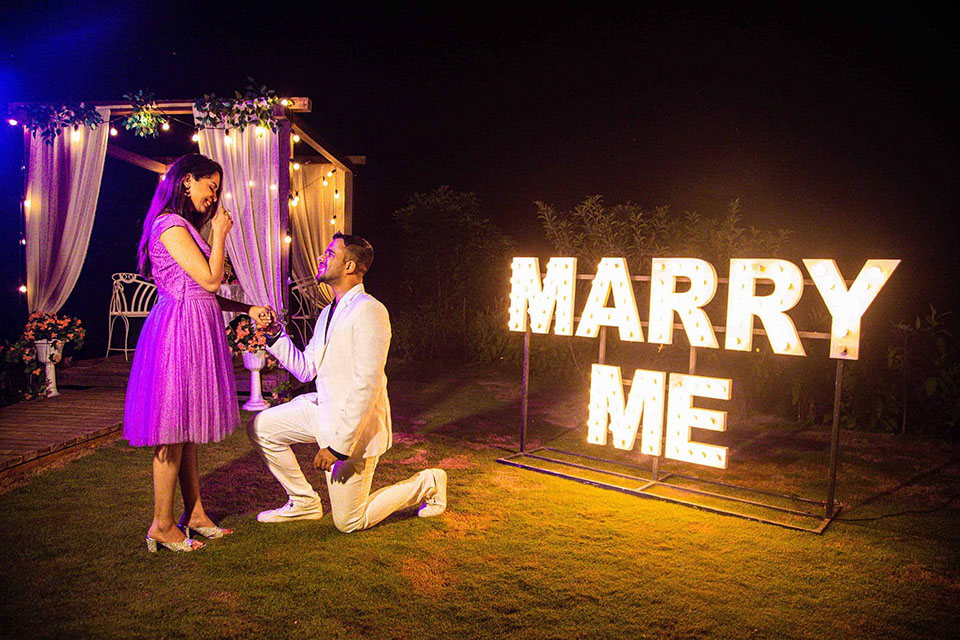
Conclusion
wedding photography is an irreplaceable part of the celebration, transforming fleeting moments into lifelong memories. While it comes with its challenges and costs, the positive impact of beautifully captured photos far outweighs the negatives. wedding photography requires a blend of technical expertise, artistic vision, and emotional intelligence to create a collection of images that truly reflect the essence of a couple’s special day. As trends evolve and technology advances, the core purpose of wedding photography remains the same: to capture love in its purest form.
Building a reputation and growing a wedding photography business requires dedication, strategic planning, and a commitment to excellence. By mastering your craft, creating a strong brand, and delivering exceptional client experiences, you can establish a thriving business in this competitive field. Remember, success comes from a combination of passion, persistence, and adaptability.

